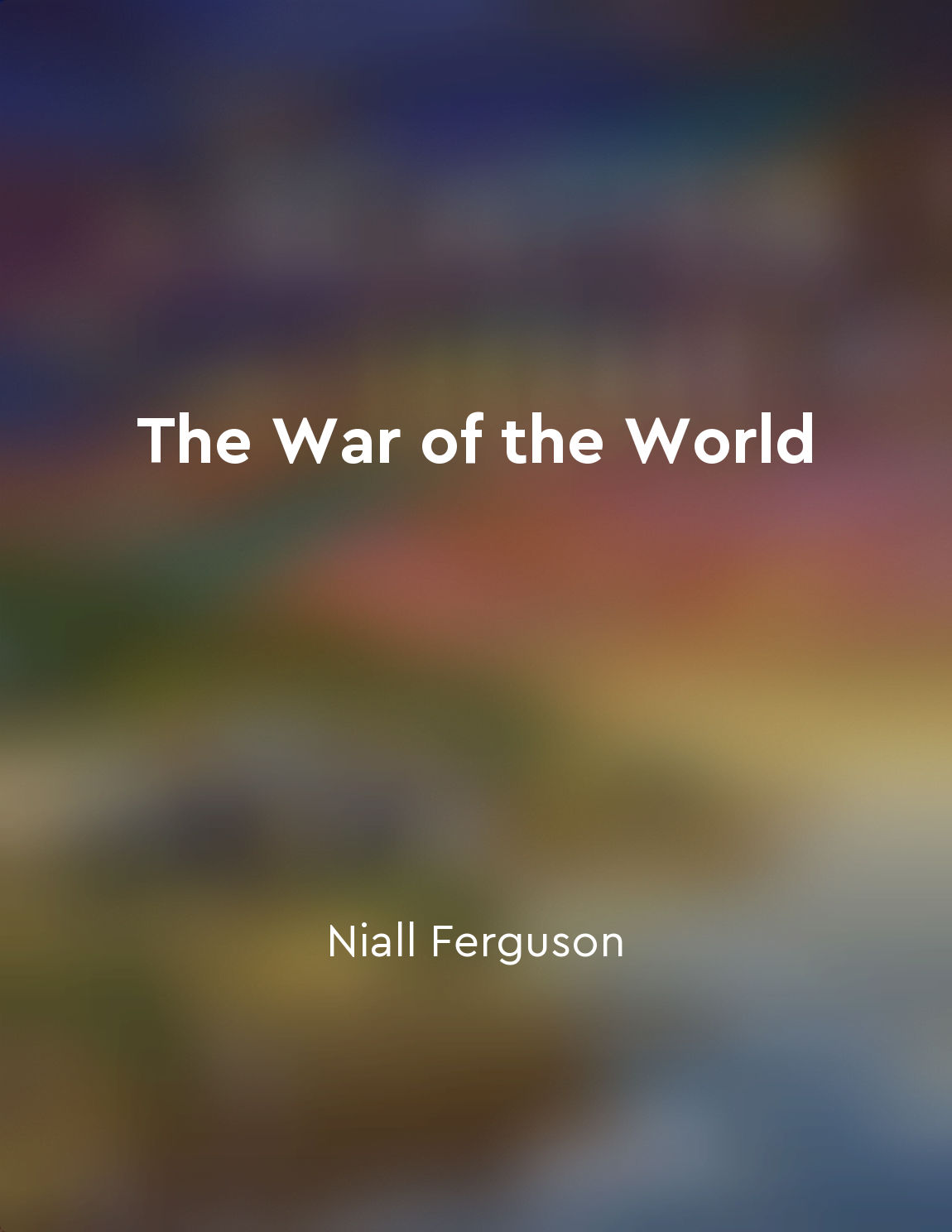South Asia has faced challenges in maintaining political stability and economic development from "summary" of South Asia in World History by Marc Jason Gilbert
The history of South Asia is marked by a series of challenges that have hindered the region's ability to maintain political stability and economic development. From ancient times to the present day, South Asia has been plagued by internal conflicts, foreign invasions, and social upheavals that have disrupted its political and economic landscape. One of the key challenges that South Asia has faced is the lack of political unity among its diverse population. The region is home to a wide variety of ethnicities, languages, and religions, which has made it difficult to establish a sense of common identity and purpose. This lack of unity has often led to internal conflicts and power struggles, making it challenging to maintain political stability. Furthermore, South Asia has also been vulnerable to external threats and invasions throughout its history. The region's strategic location has made it a target for foreign powers seeking to expand their influence and control over the area. These invasions have not only disrupted the region's political stability but have also had a significant impact on its economic development. In addition to these external threats, South Asia has also grappled with social and economic challenges that have hindered its progress. Issues such as poverty, inequality, and lack of access to education and healthcare have created barriers to economic development and social mobility. These challenges have further exacerbated the region's political instability, as disenfranchised populations have often turned to violence and extremism as a means of expressing their grievances. Despite these challenges, South Asia has also demonstrated resilience and the ability to overcome adversity. The region has a rich history of cultural and intellectual achievements, and has produced great thinkers, artists, and leaders who have made significant contributions to the world. By acknowledging its past struggles and working towards a more inclusive and prosperous future, South Asia has the potential to overcome its challenges and emerge as a strong and stable region on the world stage.Similar Posts

IndoPak wars and conflicts
The IndoPak wars and conflicts have been a significant aspect of the history between India and Pakistan since their independenc...

The second World War was even more devastating
The Second World War was even more devastating. The conflict killed more people, caused more suffering, and inflicted more dama...
India became a republic with a democratic government
In the early years of independence, India faced the formidable task of establishing a political system that would reflect the v...

Evidence of intermingling of diverse populations
The genetic evidence, as discussed in the book, clearly indicates a significant amount of intermingling between different popul...
Formation of Indian National Congress
The Indian National Congress was formed in December 1885 in Bombay. It was the first organized expression of the Indian nationa...
Formation of the Indian Constitution
The making of the Indian Constitution was a momentous event in the history of independent India. It was a task of great magnitu...
His vision for a just society resonates with many who seek positive change
Dr. Ambedkar's vision for a just society strikes a chord with individuals striving for constructive transformation. His ideas r...
